First Drive: A refresh makes the Alfa Romeo Giulia a more-rounded package
Alfa Romeo has treated its Giulia saloon to a raft of upgrades, but is it enough to add appeal to this alternative choice? Jack Evans finds out…

What is it?
The Alfa Romeo Giulia arrived to take the fight to more established rivals and it more than succeeded in this challenge. Sharp, nimble and elegantly designed, it was a breath of fresh air when compared to cars like the Audi A4 and the BMW 3 Series.
But, despite the myriad of positives, the Giulia was held back by a series of negatives. The cabin wasn’t quite up to the standard that we’d expect from the segment while the main infotainment setup lagged significantly behind other offerings. So, naturally, Alfa Romeo has facelifted the Giulia and attempted to remedy these issues – and it’s that car that we’re driving today.
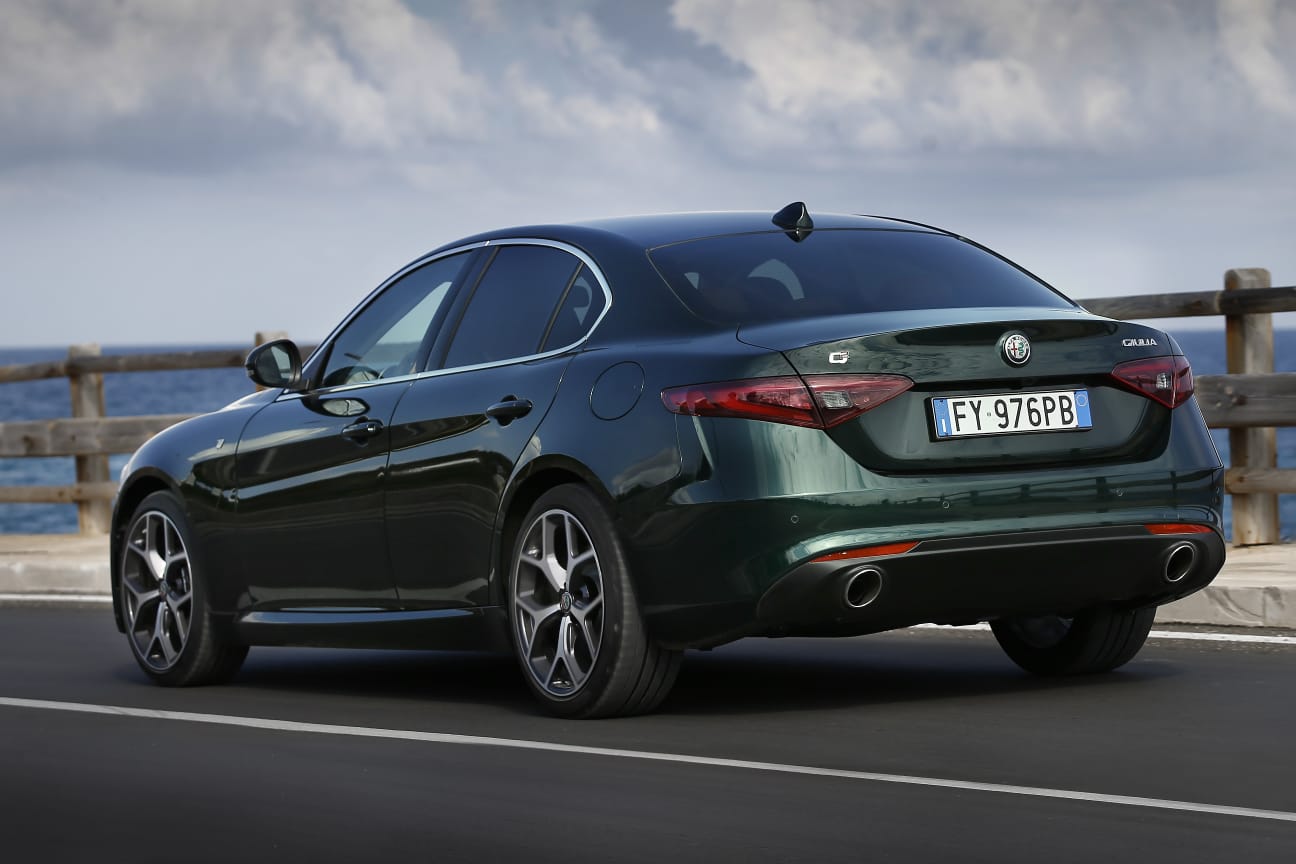
What’s new?
First and foremost, it’s worth mentioning that there have been no mechanical changes made to the Giulia. That means the steering, suspension, engines and gearbox have been left well alone – but thankfully these were the aspects of the car with which we had little issue.
No, instead Alfa Romeo has worked on the perceived quality of the Giulia’s interior by sharpening up certain aspects, and it’s given the exterior of the car a mild refresh too. It’s all to do with keeping the Giulia in line with rivals, as well as rectifying some of the original issues with the previous version.
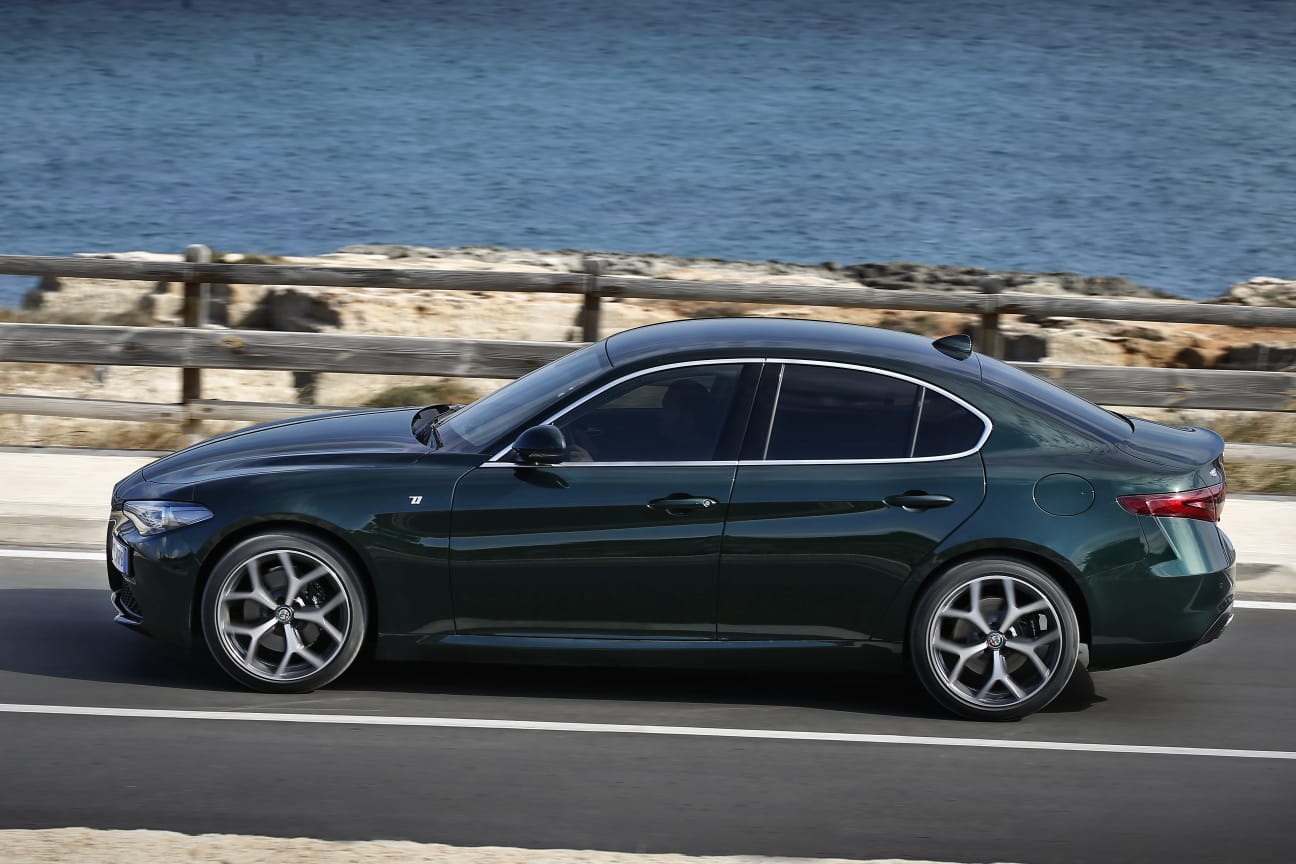
What’s under the bonnet?
Underneath our Giulia sits a 2.2-litre engine developing 188bhp, sending power to the rear wheels via an eight-speed ZF automatic gearbox. In the efficiency stakes, it does well, capable of returning a claimed consumption figure of 52.3mpg while emitting 128g/km CO2. Not only that, but it’s brisk enough for most situations and should crack 0 to 60mph in just 6.8 seconds.
It’s not the most refined of units, with a fair amount of chatter audible at lower speeds, but once up to pace it’s relatively quiet. It’s responsive enough too, and the eight-speed gearbox is one of the best-shifting around.
What’s it like to drive?
As we’ve already mentioned, nothing about the Giulia’s mechanicals have been changed. That’s no bad thing, as it remains one of the very best handling cars in its segment. The steering, which is so quick at first, quickly becomes second nature and helps to keep the car feeling agile and alert.
The car’s balance is excellent too. It’s noticeably rear-biased, but no so much that it becomes scary or unwieldy. The ride is decent too, and manages to be comfortable enough for daily use without losing the body control that you expect from a car like this.
Overall, it still remains one of the most dynamic cars in the saloon segment. Even against the likes of the current-generation BMW 3 Series and Audi A4 it feels noticeably sharper, even if it lacks the somewhat premium edge to the ride quality – as well as the outright refinement – that you get with those German rivals.
How does it look?
The Giulia gets classical Alfa Romeo styling touches mixed in well with modern angles. Out on the road, it’s hard to miss, with the big sweeping design helping to give the Giulia a longer, more elongated appearance than its proportions would lead you to believe.
Alfa has sharpened up the exterior of the car, however. A new blacked-out grille is now available, with this mirrored by blacked-out badges at the rear. New alloy wheels designs are available too, as are a variety of new exterior colours. In truth, it’s still the same as it was before for the most part, but the little touches have helped to keep it looking fresh – despite not being radically different.
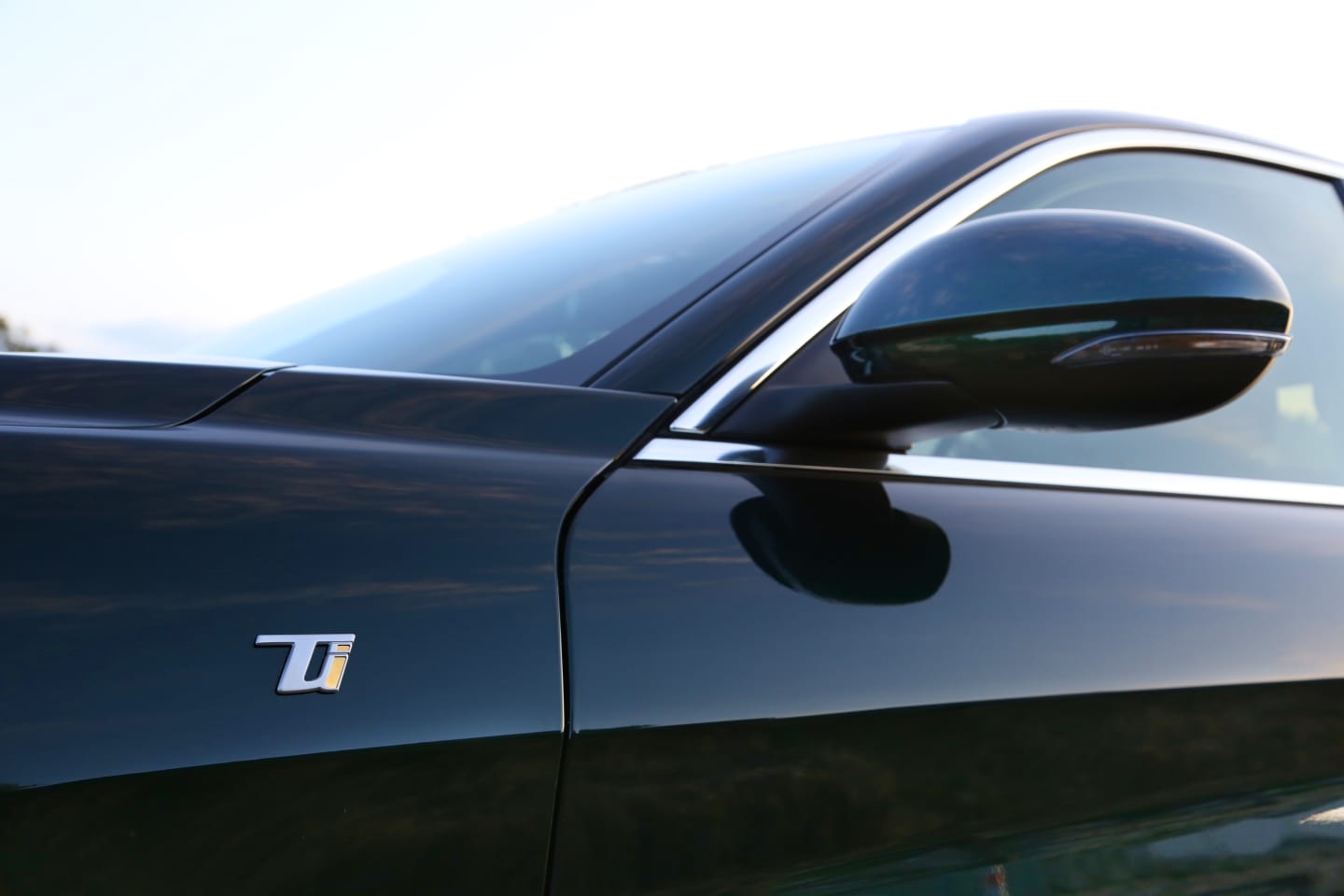
What’s it like inside?
It’s in the cabin where Alfa has reworked the Giulia the most. The gearstick, which beforehand was trimmed in a sharp and unpleasant piece of plastic, is now trimmed in leather and framed by piano black switches. As one of the areas of the car you interact with the most, this was an area which needed a heavy edit – and fortunately, Alfa has done just that.
Elsewhere, things have been tweaked too. The central rotary controller for the infotainment has been given a knurled, Bentley-esque finish, while there’s a new central TFT screen in the instrument binnacle.
There are some poorer plastics left unchanged, however, and the general fit-and-finish still isn’t quite up to the standard of rivals. It’s a marked difference, that’s for sure, but it’s still not quite tip-top.
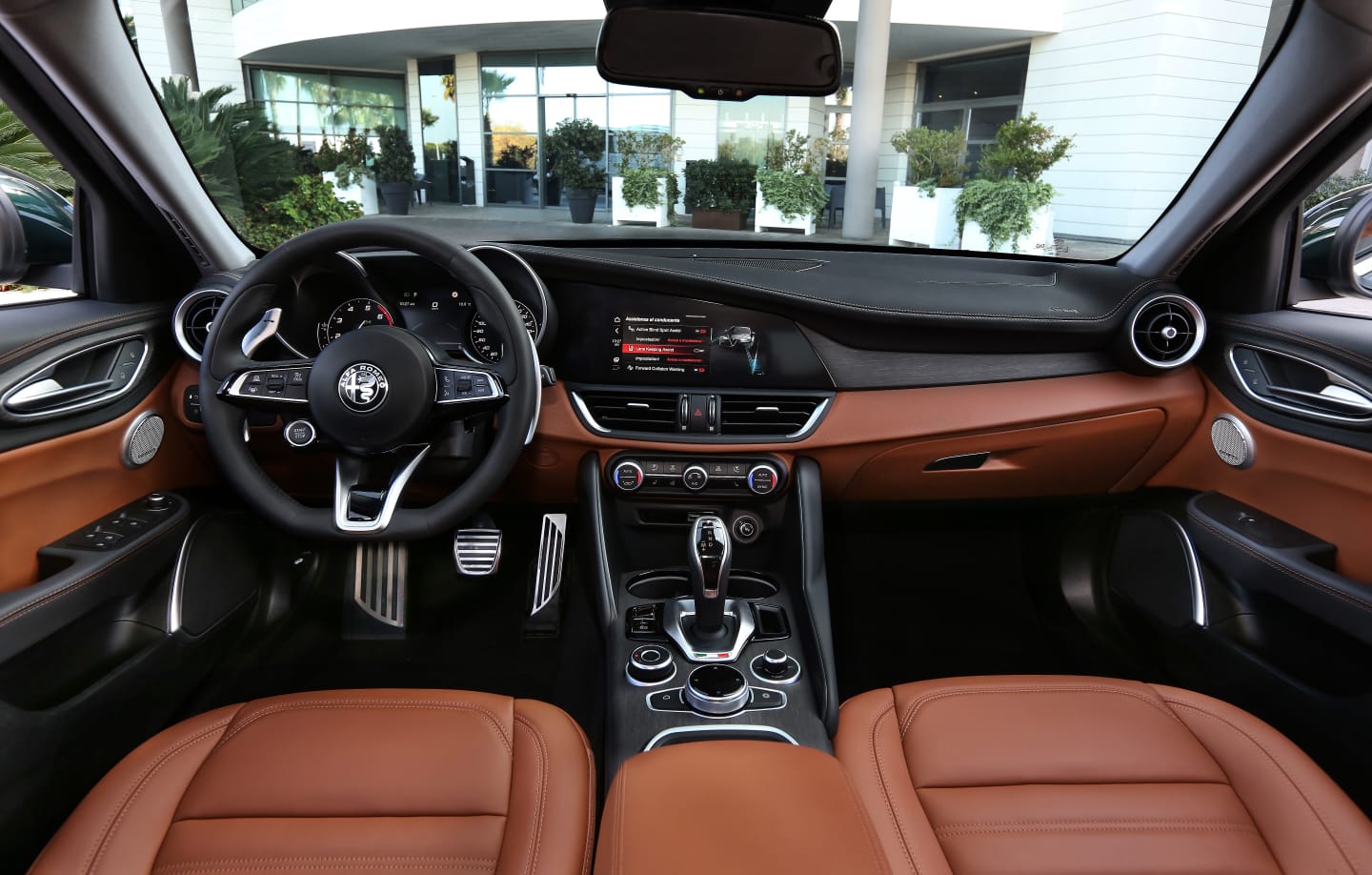
What’s the spec like?
The greatest change in the Giulia’s technology offering comes in the form of the updated and redesigned infotainment system. The one on the previous generation was slow, clunky and not intuitive to use – which is why this latest one has been given a hefty remodelling. It has, as is the way with infotainment systems in many current cars, been designed around a smartphone interface. That means customisable menus, swipe-to-control displays and a high-definition display. In practice, it’s miles better than the older one but it’s still not quite quick enough to respond. The maps aren’t quite as detailed as you’d expect them to be, either.
That said, you now get Apple CarPlay and Android Auto as standard, which means that you’ve got another operating system available should you require it.
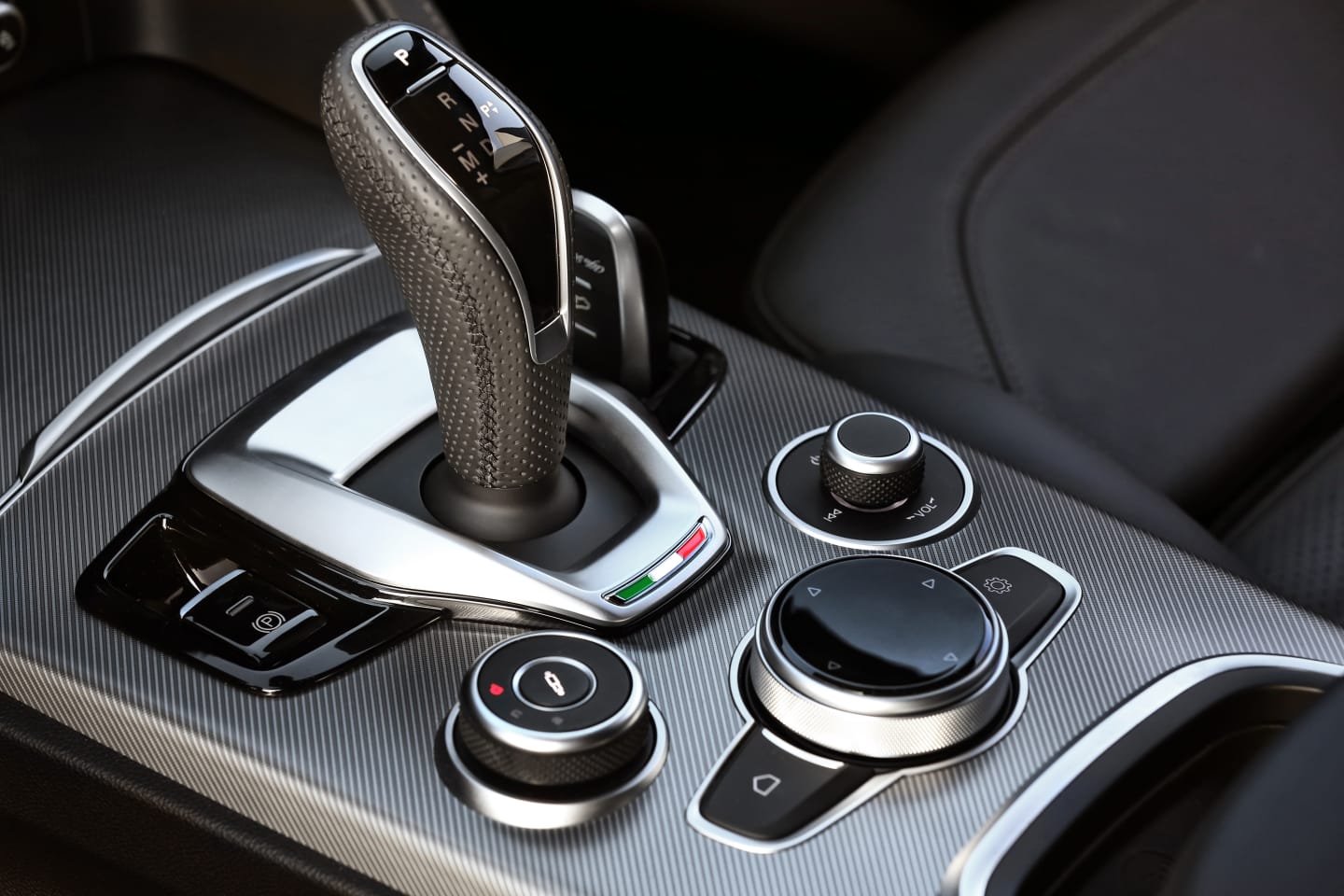
Verdict
The tweaks that Alfa Romeo has made to its Giulia have helped to make it feel far more rounded than before. Certainly, there’s a more premium feel in the cabin than there was before, and the infotainment system is much improved too.
It can’t quite rival competitors for outright build quality inside, but where it does level a challenge is the way it drives – but that’s something we knew already. It remains a key alternative to well-known rivals, but it’s now more complete than ever and, because of that, an even better proposition.





